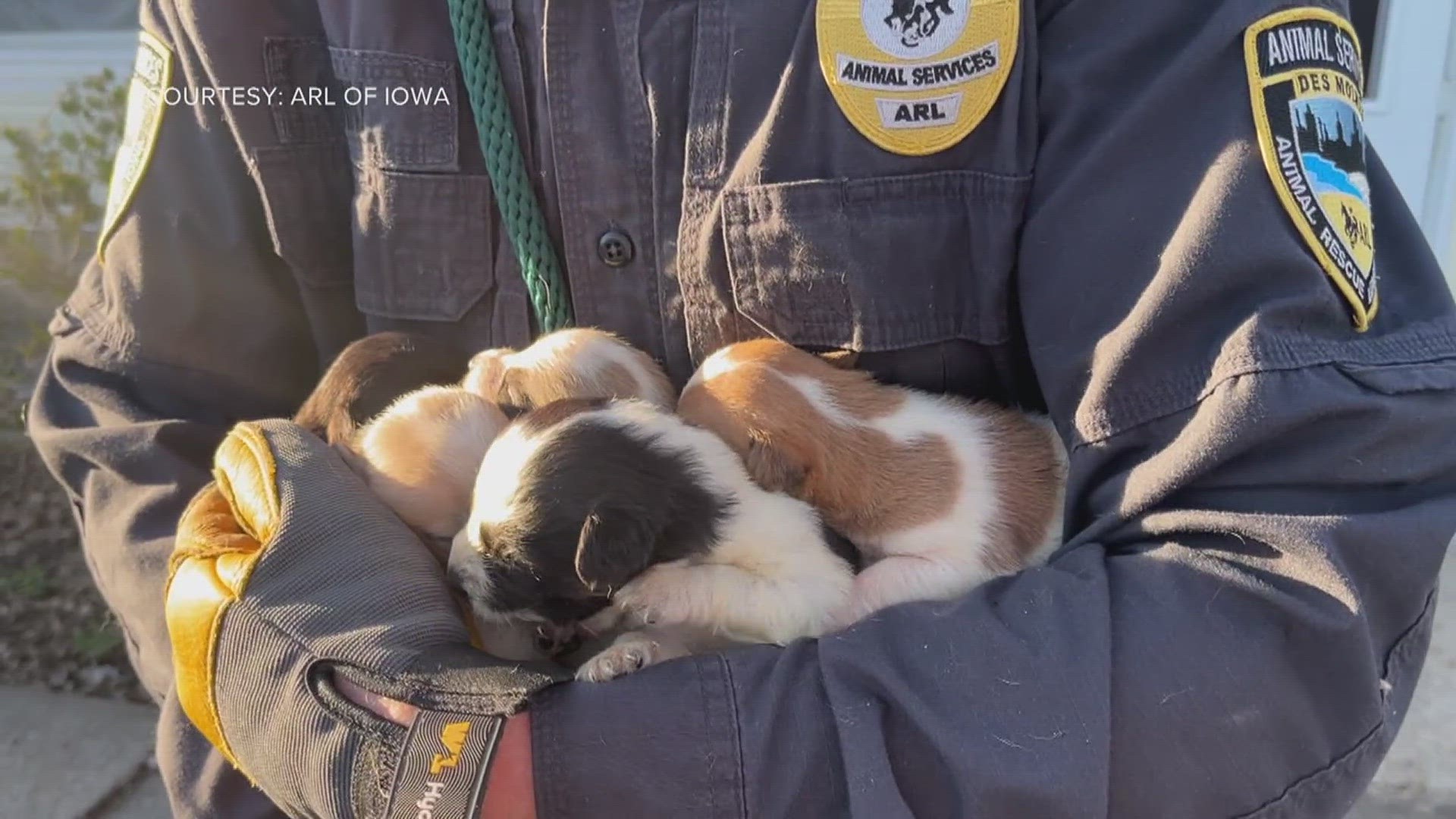CNN — Outdoor eating is one of the greatest joys of summertime. Unfortunately, the escalated temperatures and lack of access to clean water can significantly bump up picnickers’ chances of contracting a foodborne illness like salmonella, campylobacter or listeria.
About 48 million people contract some form of food poisoning each year, according to the Centers for Disease Control and Prevention, so don’t spoil your summer! Just take these four simple steps to stay safe and well-fed all season long.
Clean
Got all your picnic dishes devised? Good. Once you get your produce home from the store or farmers market, give it a thorough rinse under running tap water, then pat it dry before it goes in your cooler.
Firmer-skinned fruits and vegetables can withstand some scrubbing, but packaged goods marked “ready to eat,” “washed” or “triple-washed” don’t need extra dousing. It might seem like a lot of fuss to wash produce that will be peeled, but you’re minimizing the chances of transferring harmful bacteria to edible inner flesh.
If you’re not sure if there will be clean, running water available at your picnic destination, bring along a jug, soap and paper towels — or at least some moist towelettes.
Oh, and you remembered to wash your hands and any cutting utensils and surfaces with hot, soapy water before handling or preparing meat and produce, right? Of course you did. Now get packing.
Separate
If you possibly can, store beverages in a separate cooler. This might be inconvenient, but opening the lid repeatedly to acquire cold sodas and brewskis makes it harder to keep perishables properly chilled.
Said perishables — cooked and raw meats, fish, cheese, eggs, salads, condiments, marinades and produce — should be individually wrapped to prevent leaks and spills. Pack raw meats at the bottom and ready-to eat items at the top to avoid potential dripping.
Marinade that’s come into contact with raw food should be tossed out. If you were thinking that your delicious blend would make an ideal sauce for serving, set aside a portion before it comes into contact with the raw meat or fish.
Bring along extra clean platters, plates and cooking utensils. Once an item has been used to hold or prepare raw food like meat, seafood, or eggs, it has the potential to contaminate cooked or ready-to-eat food.
Chill
That food cooler should be packed with sealed bags of ice or gel packs to ensure that perishables stay outside the “danger zone” between 40°F and 140°F where bacteria grows quickly. On the way to the picnic site, tote it in the passenger compartment, rather than a hot trunk, and stash it in the shade once you get to your destination.
It’s fine to put meat in the cooler while it’s still frozen; it will just take up to 50% longer to cook than fresh meat.
When it’s time to eat, dish out portions of perishable foods (like salads, sides and cheese) and quickly return the unused portion to the cooler. Don’t return leftovers to the original container to mingle with untouched food. Either put them in a separate container or discard them to avoid potential contamination.
Perishable food (hot or cold) shouldn’t sit out for longer than two hours, or one hour if the temperature is above 90°F. Toss anything that’s been lingering in the sun for longer than that; it’s just not worth the risk.
Cook
A meat thermometer is a griller’s best friend. It’s tempting to judge doneness by sight, but the Food and Drug Administration recommends minimum internal temperatures for meat and fish in order to ensure that harmful bacteria is killed off. The reading should be taken from the thickest part of the flesh, not touching a bone, and most non-ground meats should be allowed to rest for about three minutes before serving.
Minimum temperatures:
Steaks and roasts: 145°F
Fish: 145°F
Pork: 145°F
Ground beef: 160°F
Egg dishes: 160°F
Chicken breasts: 165°F
Whole poultry: 165°F
Shrimp, lobster and crabs should be cooked until they are pearly and opaque. Clams, oysters and mussels must be heated until the shells open.
If cooked food isn’t going to be eaten right away, it still needs to be kept hot. Wrap it in foil and move it away from the direct heat on the grill, or put it in an insulated container that’s specifically designated for hot food.
– Fast facts on salmonella
The Centers for Disease Control and Prevention reports that people in a normal state of health who ingest Salmonella-tainted food may experience diarrhea, fever and abdominal cramps, which typically begin within 12 to 72 hours. This may be accompanied by vomiting, chills, headache and muscle pains. These symptoms may last about four to seven days, and then go away without specific treatment, but left unchecked, Salmonella infection may spread to the bloodstream and beyond and may cause death if the person is not treated promptly with antibiotics.
Children, the elderly, and people with compromised immune symptoms should practice extreme caution, as salmonellosis may lead to severe illness or even death.
– Fast facts on listeria
According to the Food and Drug Administration, listeria is an organism that can cause foodborne illness. Symptoms of infection may include fever, muscle aches, gastrointestinal symptoms such as nausea or diarrhea. Pregnant women and adults with weakened immune systems are at the greatest risk and most healthy adults and children rarely become seriously ill.
— Fast facts on campylobacter
The CDC says that campylobacteriosis is an infectious disease caused by bacteria of the genus Campylobacter. Symptoms usually include diarrhea, cramping, abdominal pain, and fever within two to five days after exposure to the organism and illness typically lasts about one week. In a people with compromised immune systems, the illness occasionally spreads to the bloodstream, causing a serious life-threatening infection.
Consumer resources:
Centers for Disease Control and Prevention
Food and Drug Administration’s Recalls, Market Withdrawals, & Safety Alerts
United States Department of Agriculture Food Safety Education
More on food poisoning from CNN Health and all foodborne illness coverage on Eatocracy



